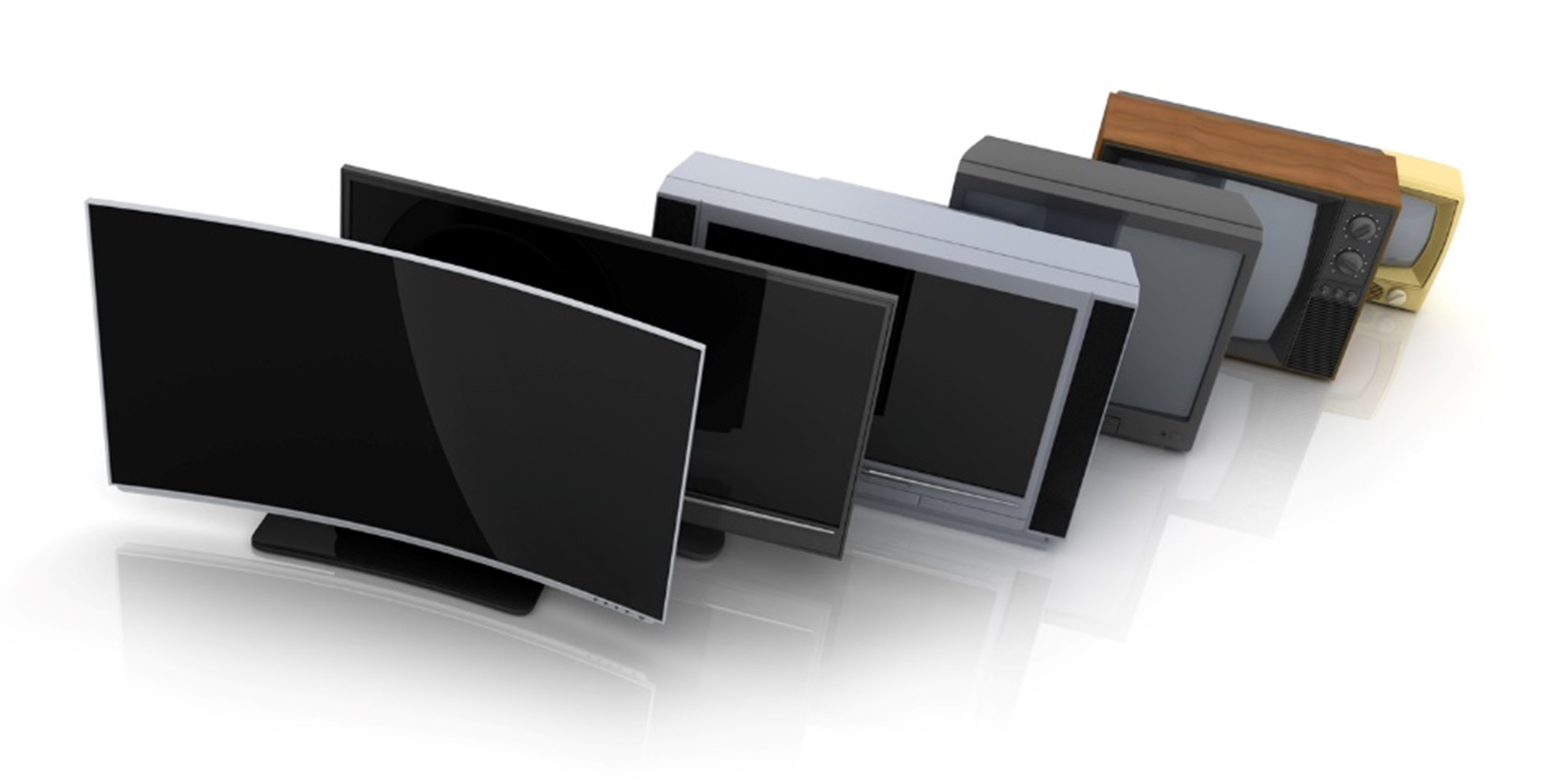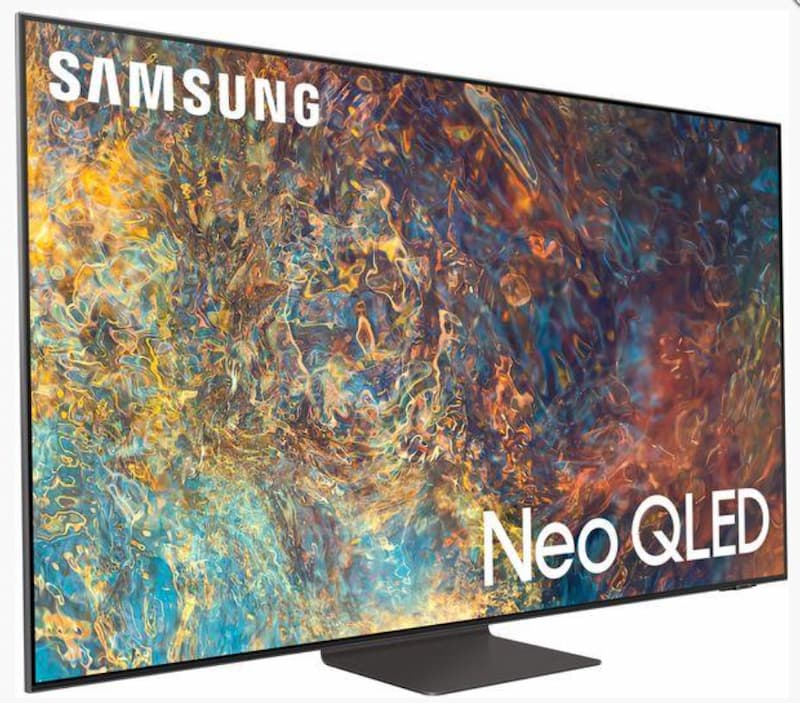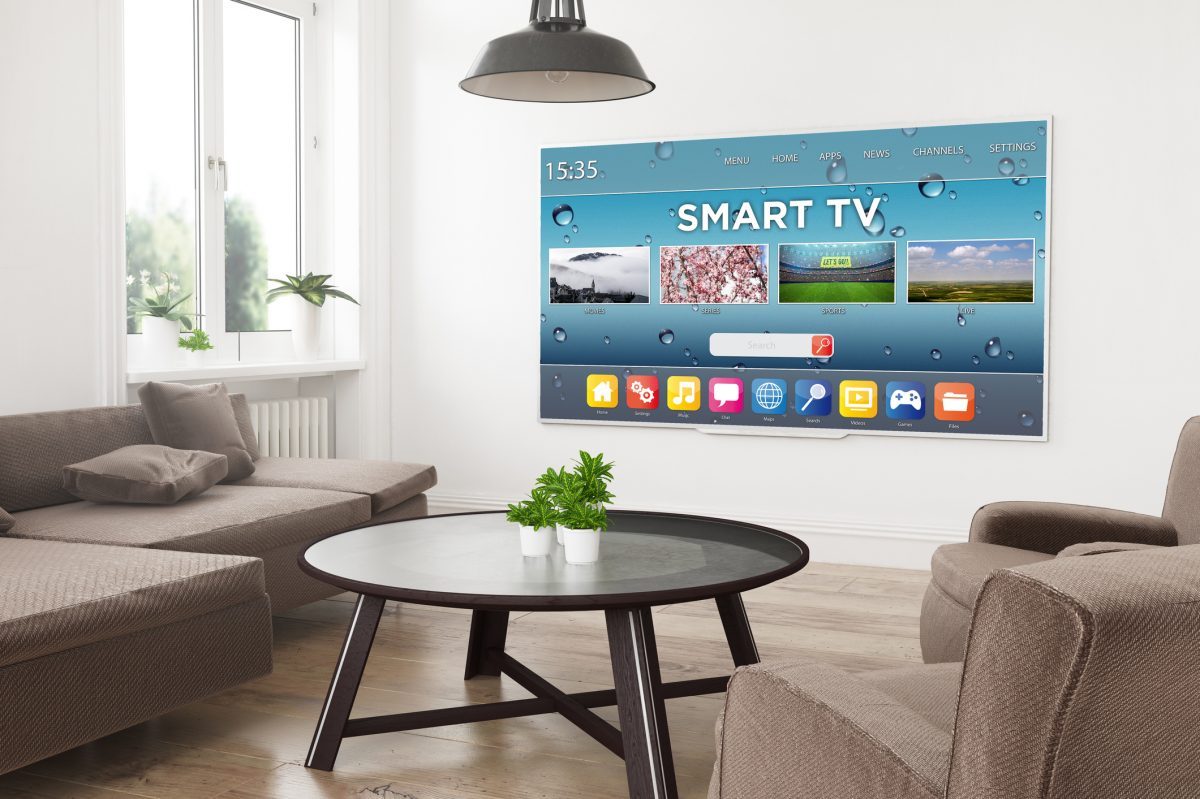Dolby was first heard of in the cinematic world of theatres. It offered sound to 35mm films under the technology group of Dolby digital. After that, we saw it being introduced in various products such as portable CD players, radios, and DVD players. However, as technology has grown and developed, so has this sought-after technology.
Owned by Dolby Laboratories, Dolby Digital has evolved into more than just a method of broadcasting sound. The company recognised a need for improvement in other areas of content creation and has further developed the visual aspect of technology to bring an even better encounter, which can be experienced in the comfort of your own home. We offer a vast supply of cheap TVs which offer this technology, but what exactly is it, and do you need it for your smart TV? We explore all there is to know about Dolby Atmos and Vision to help you decide.
The Vision of the Future
Exploring other avenues of producing immersive content, Dolby expanded with its Dolby Vision, which has been indicated to have emerged in 2014 at its initial stages. As the technology has grown, Dolby Vision followed suit with Dolby Vision IQ, which was later officially launched in 2020.
Updating the original feature, which allowed devices to access a higher definition and a more complex set of colour palates, provides more vivid colours and higher contrast compared to other devices without this technology. In addition, thanks to the latest updates, Dolby Vision IQ also provides an anti-glare quality, reducing the need to close curtains for darkly lit scenes and films. This means that you no longer have to consider the position of your TV when installing a new device into sun-facing rooms and can allow for more flexibility in a domestic setting.

Dolby Vision IQ unlocks a new potential of HDR technology by optimising your images on screen to deliver a brighter and more detailed picture for complete immersive viewing without needing a visit to the cinema.
Surround Sound Without the Gadgets
When trying to achieve that all-encompassing cinematic experience, in the past, many external devices have been plugged into your smart TV. However, with Dolby Atmos’s assistance, this no longer has to be the case.
First arriving in cinemas with the release of the Disney animated film Brave in 2012, this technology opened up a whole new understanding of the surround sound experience. It allows you to feel the audio instead of just hearing it in front of you. If you compare it to the 5.1 surround sound, it opens up many channels instead of just the five. For example, in previous versions of surround sound, the channels were flat, meaning that if a helicopter flew around you, the sound would travel from one channel in front to the channels placed around you. Dolby Atmos offers height in addition to positioning, meaning that when the helicopter travels, you listen to it coming from above instead of surrounding you.

The best way to notice this is when you experience Dolby Atmos through headphones, you will hear a significant difference in each output. However, what happens when you don’t have the setup of speakers to access the many channels Dolby Atmos provides? Thanks to the incredible technology, the chip in your device will recognise the speaker output and adjust the effects to optimise output availability. This means that if you don’t have the vast array of speakers and soundbars within your home setting, the sound will still provide the excellent immersive experience you would expect.
Which Devices Support and Offer Dolby Atmos?
Many devices, if not most of them manufactured before 2020, will not offer the benefits of Dolby Atmos or Dolby Vision. Still, many brands with devices made after this year can provide this new experience. The most notable provers of Dolby Atmos and Vision are Panasonic, Sony, and TCL.
For example, suppose you were looking for a cheap LG smart TV. In that case, if it was manufactured in 2020, you can take full advantage of the vivid colours, excellent contrast, anti-glare and, of course, the impressive multi-dimensional audio.

However, some prominent brands are missing from the list of companies which offer Dolby Atmos and Vision as part of their technology. One of which is Samsung, which provides an array of in-house developments which can give alternative adaptive and immersive audio and visuals.
Finding a Smart TV With Dolby Atmos and Vision
With so many years of experience in selling discount TVs, we understand that finding a TV for your home is an important event. Whilst in the past, the only worry was the size of the TV, with so many features and variations of display technology, finding the right one can be challenging.
However, if you are looking for a cheap LED TV with all these benefits, we stock a variety of devices that will sure to suit your needs. You can view our stock online or visit us at our warehouse in Birmingham, where we have staff on hand to help you figure out the best option for you and your home.








